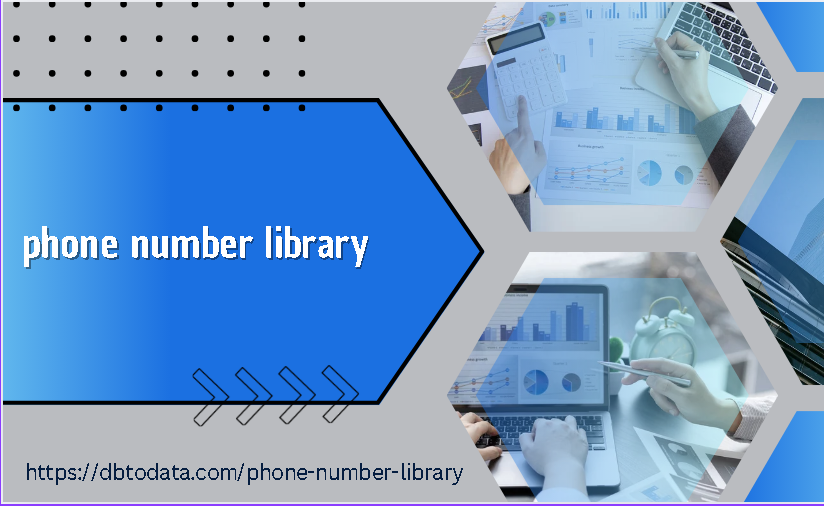Think back 20 years and think about how public relations (PR) teams reached out to journalists. Those who were new to the industry back then might remember assembling hard-copy press kits or faxing press releases to the media.
Since then, some aspects of public relations have changed forever. Social media, content marketing, and paid media advertising are three of the main driving forces behind the transformation. All three have changed the way brands connect with their audiences. They have opened up new channels for PR teams to connect, provided options for sharing expertise, and blurred the lines between advertising and media relations.
The role of social media in public relations
Public relations has always focused on building relationships between brands and the media, and between brands and their customers. Social media allows PR professionals to reach journalists and consumers more easily and directly.
Connecting PR teams and journalists
Think about this – sending a press release via fax machine algeria phone number library is used to get information to media outlets, but it does little to build relationships. The latter rely on personal meetings, emails or phone calls. Calling a journalist requires deep knowledge of their schedule to understand when is a good time to “bother” them.
PR professionals who build these relationships receive excellent coverage for the brands they represent. Social media channels make it easier for PR professionals to connect with journalists. Tagging someone in a tweet or responding to a post are just two ways to make a connection without disrupting a journalist’s day.
Connecting brands and consumers
Social media also enables brands to reach potential customers directly through the brand’s own platform. But social media platforms are more than just tools for “talking” to a brand’s audience. They also facilitate how to put a business plan together in an hour social listening: by following relevant social media accounts, brands can learn which topics are being hotly discussed.
Social media and PR are most powerful when they connect brands to consumers and the media simultaneously. One such example is Dove’s long-running “Real Beauty” campaign. The campaign used real women to showcase the products, rather than professional models. It reinforced the company’s view that every woman is beautiful and helped to increase quick signs inclusivity in the beauty industry. A recent spinoff, Dove’s ShowUs, is leveraging hashtags and social media platforms to encourage more brands to use real women in their campaigns. Since its inception, the brand’s commitment to inclusivity has simultaneously generated media coverage and connected with real consumers.

